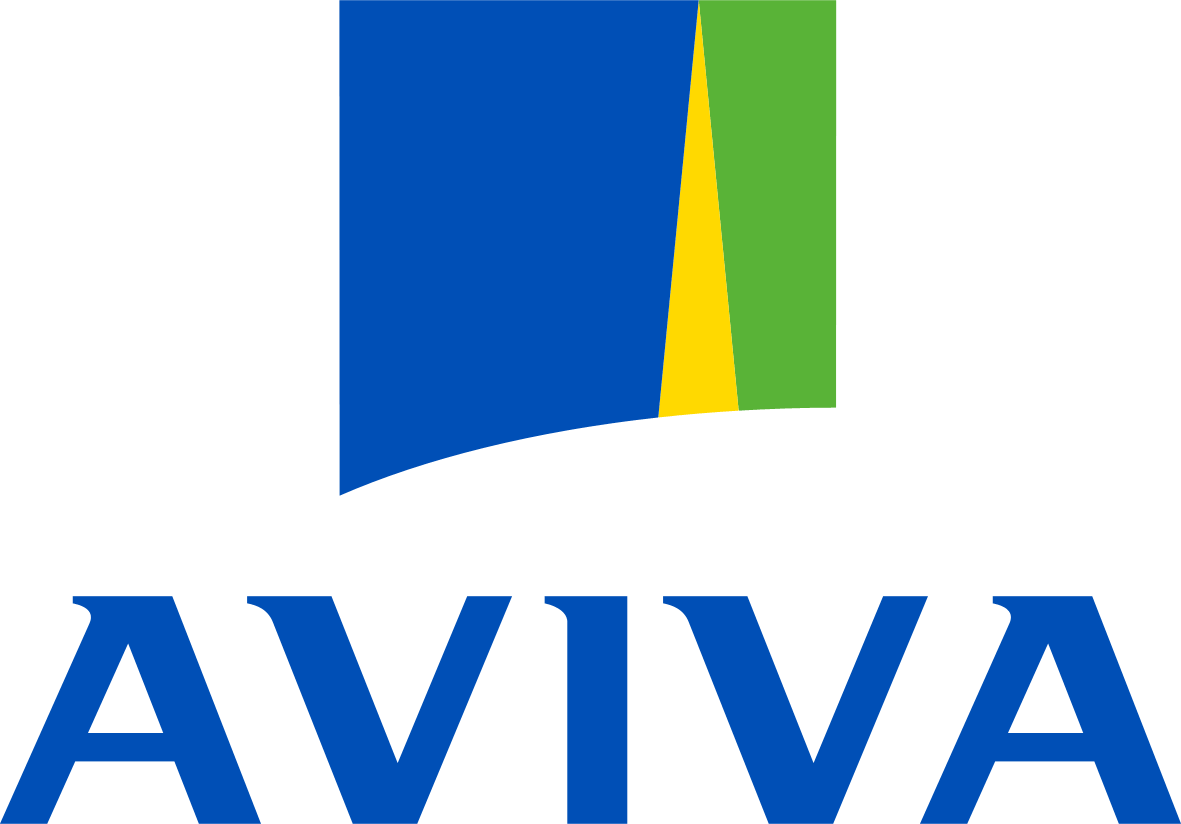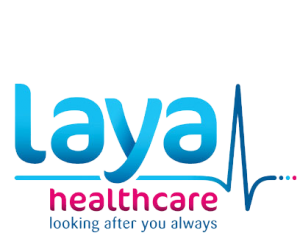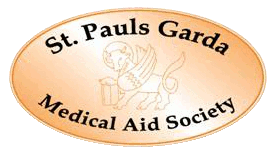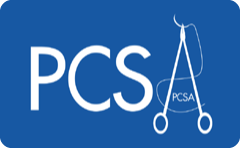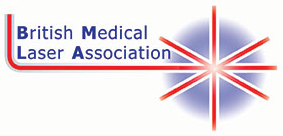 Download this information as a PDF
Download this information as a PDF
Jamie aged 14 months was brought to see me by his mother a few months ago. Mum told me that he has had an itchy rash since he was two months old. This got progressively worse when she weaned him from the breast on to a cows milk formula when he was three months old. He had had numerous treatments since then, including 1% hydrocortisone cream, aqueous cream as a moisturiser, and various dietary restrictions, including being put on a Soya-based formula without success. By the time she brought him to see me, he had an extensive eczematous rash particularly involving the flexures of his elbows, knees and around his neck. The rash had become weepy and crusty, particularly on his face and wrists. He was irritable, particularly at night, and was keeping the whole family awake. His parents were at their wits end and had resorted to homeopathy, herbal creams and “allergy testing” in their local health food store without any success.
By the time I saw him it was quite obvious he had extensive, quite severe atopic eczema. I explained to his parents that eczema is usually dry and itchy and when it becomes wet and sore it is usually a sign that there is a superimposed bacterial infection. I explained that nothing would work on the eczema until the infection is cleared. Therefore the first line of treatment was to put him on a broad-spectrum oral antibiotic for at least 7 to 10 days. We choose Flucloxycillin, as he was not allergic to penicillin. I also prescribed Fucidin H cream which would have the dual effect of helping to clear the infection and calming the itch. I reassured his parents that this contained 1% hydrocortisone, which was quite safe to put on any part of the body, including the face, once or twice a day. I also recommended Oilatum Plus bath emollient, which would help moisturise the skin and clear infection. I warned them not to put anything else into the bath water. I instructed them to wash his skin and hair only with a suitable soap substitute, such as Emulave wash.
I explained that as the infection cleared the skin would become dry and itchy. They would therefore need a good moisturiser. I told them that the greasier the moisturiser the better, but it should also be free of any unnecessary added ingredients such as colourings, perfumes and preservatives. I explained that aqueous cream is not a suitable moisturiser for children. It was designed primarily as a soap substitute, which should be washed off after use. There seems to be a high incidence of allergic contact dermatitis to aqueous cream in children with atopic eczema. I therefore recommended that they use either emulsifying ointment or paraffin gel as suitable moisturisers, which are cheap, effective, and available in most pharmacies.
When I reviewed Jamie two weeks later, there was a dramatic improvement in his skin. His rash was no longer weepy, and was much less extensive. However, he was still scratching a lot, particularly on his wrists and face. I discussed with his parents any possible allergic triggers. We decided to put him on a casein-hydrolate formula instead of the soya-milk as many children with atopic eczema who are allergic to cow’s milk also become allergic to soya. I reassured them that a casein-hydrolate formula such as Nutrilon Pepti is nutritionally complete and fortified with extra calcium and iron. I advised them to avoid all dairy and all soya products, including cheese, yoghurt, ice cream, and spreads for six weeks. I explained that after this time we might reintroduce cows milk protein gradually into his diet. This strict exclusion followed by a gradual reintroduction of the suspected fluid is probably the best allergy test. However, I also took blood for a IgE and RAST test which can sometimes help to identify allergic triggers, including foods, pollen, animal dander and house dust mite.
I stressed the importance of regular moisturising with the paraffin gel, which his parents found easier to use than the emulsifying ointment. I also recommended mittens at night to try to minimise the amount of scratching he does in his sleep. I explained that they should avoid bringing him into the family bed at night, as this would cause him to overheat and become even more itchy.
I discussed other treatment options, including using a moderately potent topical steroid on the body, and new treatments such as Protopic. Although they were very nervous about using topical steroids, I reassured them that under medical supervision, moderate potency topical steroids are very safe to use, even on young children, provided they are not put on the face. We decided to use Eumovate ointment to the affected areas of the body and 1% hydrocortisone ointment to be used on the affected areas of the face, as I felt he no longer needed the topical antibiotic in Fucidin H cream. I warned them to ensure they get ointments rather than creams at this stage, as they are safer and more effective in treating chronic atopic eczema. I explained that once-daily applications to the affected areas were probably as effective as twice-daily applications. If they put the topical steroids on at night going to bed to the badly affected areas then they could moisturise all over in the morning, and again after an oily bath in the evening.
I reviewed Jamie a month later, and although his rash was improved, he was still scratching his wrists, ankles, and face, particularly at night. I felt at this stage we should reintroduce cows milk protein by giving him a teaspoon full of milk the first day, and an eggcup full of milk the second day. They could then gradually increase the milk until he was taking a pint of milk a day by the end of the week. If his skin did not flare up by the end of the week then they could safely assume that he did not have any cows milk protein allergy. However, if he got a bad flare-up of his atopic eczema and there was no other obvious cause, then he would need to stay off all dairy produce for at least one year, before doing another milk challenge at that stage.
I explained that I felt the 1% hydrocortisone ointment was not strong enough to control the rash on his face. Neither was the Eumovate giving sufficient relief from the itch on his ankles and wrists. We therefore decided to try him on Protopic. I explained that this is not licensed in children under two, but there was a lot of experience in using this novel new compound on small children in the United States and Japan, where it has been on the market for almost five years. I explained that Protopic comes in two strengths, but in America most paediatric dermatologists use the more potent strength, even in young children, as it seems to be more effective, yet equally safe. I explained to his parents that the Protopic should be applied to all the affected areas including the face, twice a day for three weeks, and then once a day after that to maintain the improvement. I warned them they might notice an initial reddening of the skin where the Protopic is applied in the first week. This is not an indication of an allergic reaction. The redness usually settles in the second and third week as the eczema resolves.
When I reviewed Jamie six weeks later, they were delighted to report that they had no sleepless nights for the past month. Jamie’s skin was almost completely cleared using Protopic once at night and paraffin gel twice a day. He was back on cows’ milk without any problems. They had got a new mattress for his cot and removed the carpet and all stuffed toys from his bedroom, as he had shown a positive reaction to house dust mite on RAST testing. They also got rid of the family cat and were planning to get a gold fish instead. I reassured them that most kids with atopic eczema improve and finally grow out of their rash as they get older. I referred them back to their family Doctor with a detailed report outlining ongoing management. I arranged to see them twice a year for as long as he needed Protopic to monitor his progress.
Jamie’s mother was pregnant when I last saw her, and she agreed to get proper medical advice from a skin specialist should her new baby develop atopic eczema which cannot be managed by her GP.
By Dr David Buckley MRCGP, DP Dermatology, Tralee, Co Kerry.
(The names have been changed to ensure anonymity.)




